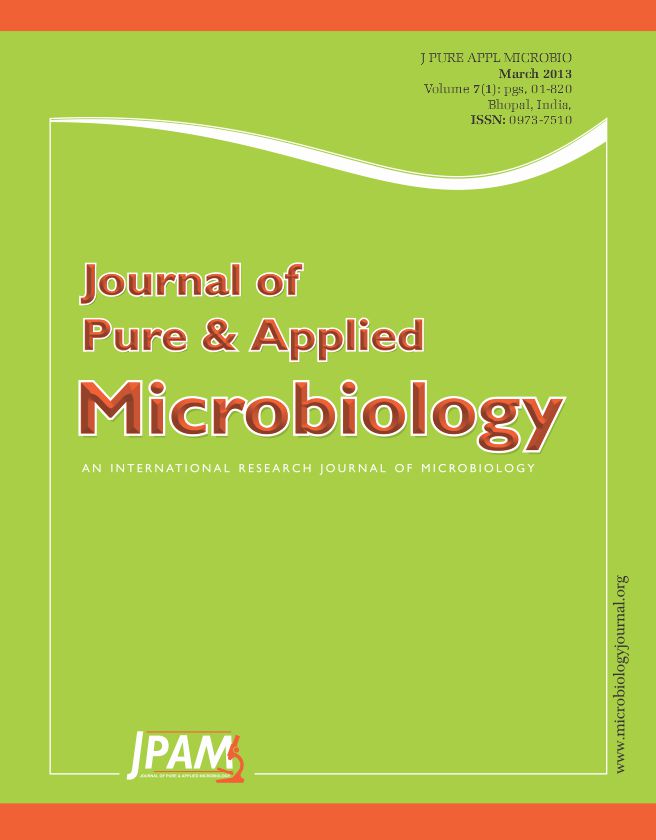Lichens and cyanobacteria of forest and other environmental conditions often enhance the growth and essential elements uptake to associated herbs and they also enhance the fertility of soil and maintain the nitrogen content. Thus, cyanobacteria and lichens including cyanolichens plays significant role in mineralization, maintenance of soil texture, etc. Hence, the present study focused on the subsistence of epiphytic cyanobacteria on lichens collected from Yerkaud and Kolli Hills region of Eastern Ghats, Tamil Nadu, India. There were 17 genera and 29 species belongs to 6 families of cyanobacteria identified from lichens such as species of Chroococcus, Gloeocapsa, Synechococcus, Microcystis, Aphanocapsa, Dermocarpa, Myxosarcina, Xenococcus, Oscillatoria, Phormidium, Lyngbya, Nostoc, Anabaena, Plectnema, Scytonema and Microchaete. Among these Phormidium and Chroococcus species was widely distributed on different lichens as an epiphytic.
Lichens, cyanobacteria, cyanolichens, epiphytic
© The Author(s) 2014. Open Access. This article is distributed under the terms of the Creative Commons Attribution 4.0 International License which permits unrestricted use, sharing, distribution, and reproduction in any medium, provided you give appropriate credit to the original author(s) and the source, provide a link to the Creative Commons license, and indicate if changes were made.


